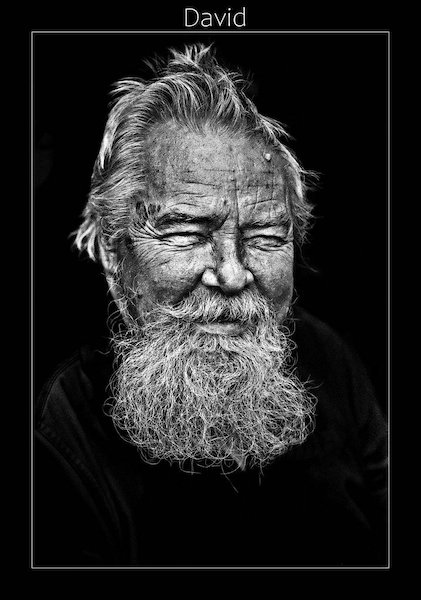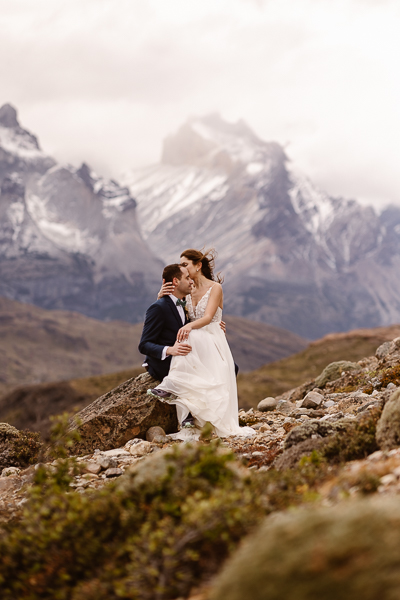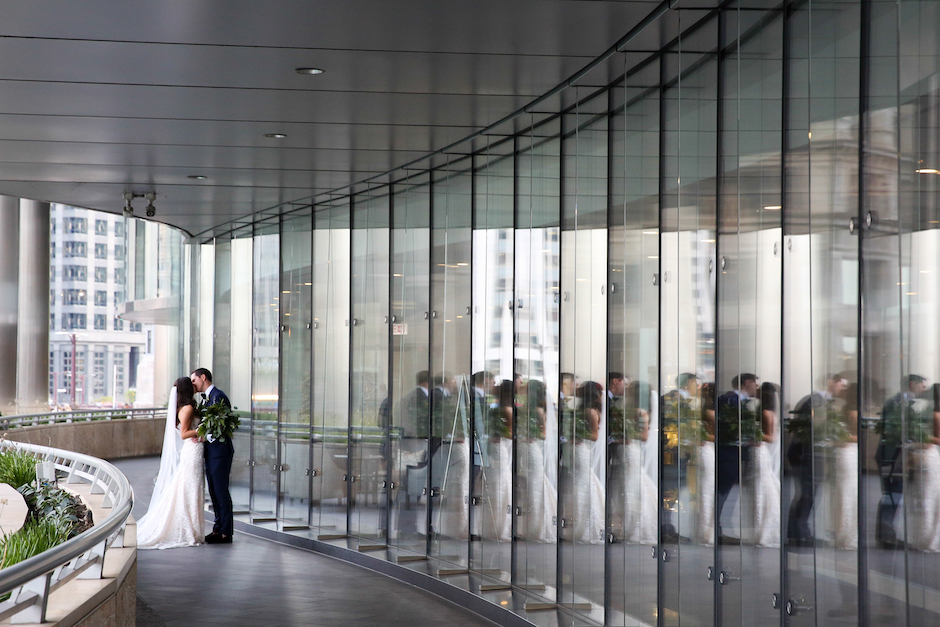Fully Lit: Getting Artsy with Artificial Light
November 5, 2014
Fashion shooter Andrew Day, who also specializes in accessories and luxury interiors, photographs both on-location and in-studio, shaping his shots with light. “The thing that’s best helped me understand artificial light is to have control over it,” says the Manhattan-based photographer. “You can power it up, power it down, point it from different directions and modify it to go into a certain area or spread it out. It’s easiest to look at it practically.”
.jpg)
Photos and diagrams © Andrew Day
Wood-Paneled Fashion
Shooting a Chris Gelinas fashion presentation at The Standard Hotel in New York, this scenario had a few challenges: in-place artificial stage lighting, a reflective wood-panel backdrop, limited foreground, and only 30 minutes to get shots of four models in different looks.
“Stage lighting doesn’t favor the clothing and models as much,” Day says. Shooting hand-held from below, he placed a high-powered, 19-inch Octabank softbox 3 feet above the camera coming from the left (see diagram below). “The wood paneling is reflective—in some ways it’s cool in the center of the image, but you don’t want it to distract from the fashion. Also, you have to work with the light to see how it will reflect off the silver and plastic materials in the clothing, and open up some areas for the dark pants,” Day says. “I had the light source at a high power, and that softbox helps spread it out far enough. I like how it falls off under the sofa—it keeps it kind of dark.”

Gear & Settings
– Canon 5D Mark II
– 24-70mm f/2.8L II USM
– ISO 640
– f/8
– 1/80 sec
– 19-inch Octabank softbox
– Ambient stage lighting

Winning Moment
Last year, Day shot the 2014 Swimmer Calendar, a fundraising project to help swimmers get to the Olympic trials and promote the sport. “I swam in college and trained with a few of these guys,” says Day. “I knew all of them well before I photographed them in the series.” For this image (which became “December” in the calendar), Day was inspired by the slogan, “What’s your .01 moment?” (an homage to Michael Phelps’ 100-meter butterfly win by .01 seconds at the 2008 Olympics).
Here, swimmer Bryan Lundquist simulates a win in an indoor pool. There were two lights set up next to the indoor pool: a max-powered bare bulb behind the swimmer’s shoulders against “a horrible brick wall in this dungeon of a pool” and a large Octabank softbox left on the ground at half power. “We did no more than 12 takes of him coming in and splashing some water around,” Day says.

Gear & Settings
– Canon 5D Mark II
– 24-70mm f/2.8L II USM
– ISO 200
– f/11
– 1/160 sec
– A bare bulb to the back left of the subject, three-quarters of the way to the wall
– Large Octa at the foot of the pool

Lazy Sun-day
Shot in West Hollywood on spec for a teen fashion magazine, the goal was to create full natural light. Day started the shoot at high noon, but when the sun started to go down, shadows took over. “It would have been great if [the models] were standing up,” Day says, but because he wanted an aerial view, he had to get creative.
“I popped up on a trampoline and stopped everything down on my camera and cranked up a Profoto 2400-watt pack,” he says. “Typically I use the 7a or 7b, and one of my favorite reflectors is a P50; I’ll black it out and blast it. It’s a nice, hard sunlight, depending how you position it.” Day says maintaining skin tones that aren’t blown out or unnatural is the most difficult part about using hard light. His solution? “I just boomed it overhead a little and fired away.”

Gear & Settings
– Canon 5D Mark II
– 24-70mm f/2.8L II USM
– ISO 100
– 1/200 sec
– f/13
– A blacked-out P50 reflector to the left of camera, almost overhead subjects
Lessons Learned
“I studied black-and-white film in college, but all I got out of that is basic camera functions and developing my own film,” says Day. “What taught me the most about lighting was shooting still lifes. My sister was styling interior sets for photo shoots in High Point, North Carolina, and she asked me to come try shooting furniture. I started lighting paint cans and other products for Lowes; Simply working with art directors and learning about angles and the scope of what my lens can handle taught me so much. I learned that maintaining a commercial workflow is all about file integrity and image quality.”




